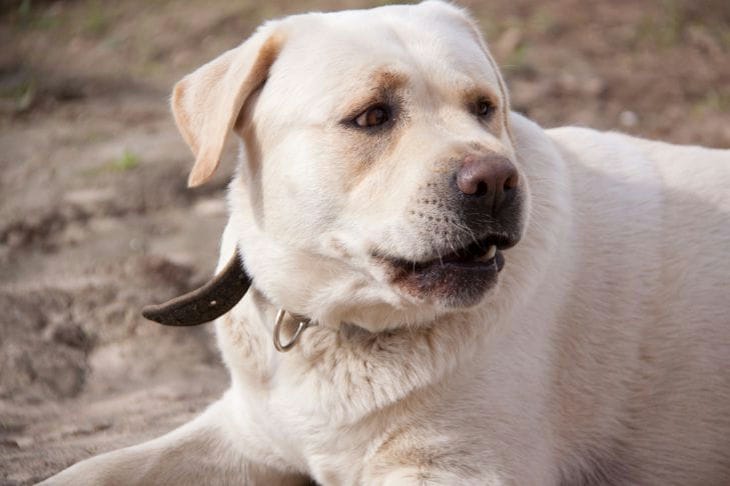Walking with a dog should be enjoyable for both the pet and the owner.
However, many owners face a problem: their four-legged friend constantly breaks away from the leash, turning a walk into a real test.
Solving this problem requires patience and the right approach.
Understanding the causes of behavior
Before you begin correcting your dog's behavior, it's important to understand the reasons why your dog is pulling at the leash. Most often, it's due to excess energy, curiosity, or a lack of discipline.
The dog may be eager to explore new smells, play with other animals, or simply release pent-up energy.

Physical exercises before a walk
One effective way to reduce your dog's tendency to pull on the leash is to ensure that he gets enough exercise before going outside.
Playing ball in the yard or even in the apartment will help your pet to release excess energy. When the dog is a little tired, it will be more inclined to behave calmly on a walk.
Teaching the "Next" command
The "Heel" command is key to teaching your dog proper behavior on a leash.
It is better to start training in a calm environment, gradually making the conditions more difficult.
The owner should move, holding the dog to the left of him, rewarding it with a treat for the correct position. It is important that the pet learns to follow the pace of the owner and stop with him.
Using the correct equipment
Choosing the right equipment plays an important role in controlling your dog's behavior on a walk. For some pets, using a harness instead of a collar can be an effective solution.
There are also special head halters that help control the dog's head movements without causing discomfort.
Direction change method
An effective way to wean a dog off pulling on a leash is the method of changing direction. As soon as the pet starts pulling, the owner should sharply change the direction of movement, drawing the dog's attention to himself.
This teaches the animal to follow its owner and be prepared for changes in the route.
Positive reinforcement
A key aspect of dog training is positive reinforcement. Every time your pet walks alongside you without pulling on the leash, it should be rewarded with a treat or praise. This creates a positive association with the correct behavior and motivates the dog to continue to do so.
Gradual increase in difficulty
As your dog becomes more comfortable on a leash in a calm environment, you should gradually increase the difficulty of the training.
You can choose more active places for walks or increase the time of training. It is important not to rush and give your pet time to adapt to new conditions.
Consistency and patience
Teaching a dog to not pull at the leash is a process that takes time and patience. It is important to be consistent in your demands and not allow exceptions to the rules.
All family members should adhere to the same approach to raising a pet, so as not to confuse it with conflicting commands.
Professional help
In some cases, you may need the help of a professional dog trainer. The specialist will be able to assess the individual characteristics of the dog and offer the most effective methods of behavior correction.
Additionally, group training with other dogs can help your pet learn to control himself in different situations.








